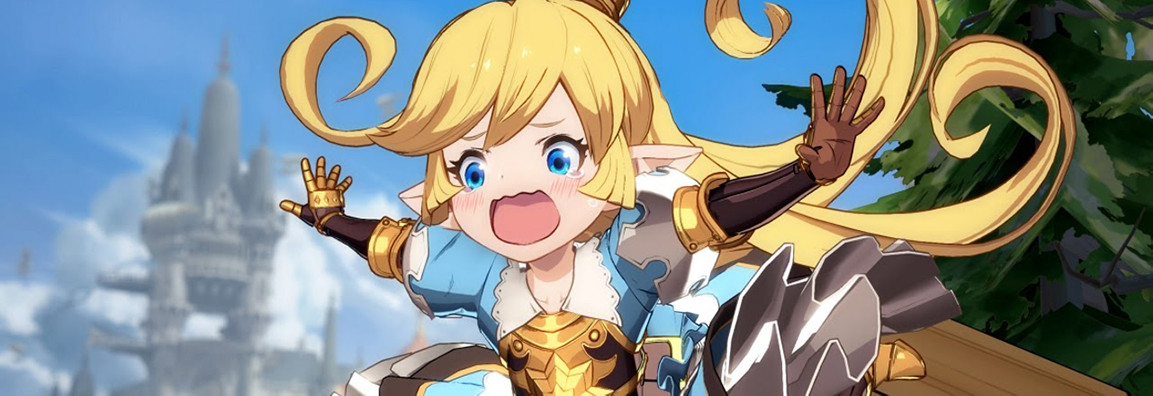Getting good at fighting games requires a lot of practice. Some players pick up certain skills faster than others, but the meta is always evolving. New techniques are often discovered months or even years after release. Training mode shenanigans, matches, and studying videos should be part of everyone’s routine. Beginners generally improve until at least the intermediate level. Surpassing that mid-tier skill gap is a common struggle because most players do not understand the best way to grind. The main pitfall – only practicing combos and setups. Here are five tips to make better use of your time in the lab.
Fighting games have more layers than just combos
Many new players get into the genre after seeing good players do cool stuff. The problem is when beginners almost immediately attempt those same techniques. Part of the reason these moments are so impressive is that they take time and effort. If any player could repeat top-level tactics with little practice, then the competitive fighting game meta would likely stagnate from a lack of depth.
Think of fighting games like a cake. The fundamental and less-stylish drills support the base, while the combos or setups add unnecessary flair. Combos and setups add flavor, but you can still adapt if opponents take them away. Tearing apart weak fundamentals is different. Without a strong understanding of the basics, you’ll have few chances to take advantage of your frame-perfect combo practice against decent players.
Start with the basics like movement
Every move excels at specific positions. Getting into the right spot makes movement crucial for anyone interested in competitive play. Even the slightest shift between walk and run speed can set up more favorable situations. These nuances go almost unnoticed for newcomers. Take a look at Smash player Void talking about how to optimize your movement in Ultimate.
A highlight from @gsmVoiD's stream today:
— MF COLD (@RichardIcecube) October 29, 2019
He showcases small things you can practice on platforms to optimize your movement. pic.twitter.com/ksKupqJ1JG
While Smash is completely different from traditional fighters, players should always ask questions in training mode like:
- “How far can I walk until this normal will land?”
- “How far does this jump in leave me, and what can I do after?”
- “What air attacks cross-up depending on my jump arc?”
Think about all of your options before jumping into matches. The better you understand your main character’s moveset, the better you’ll perform in unexpected situations.
Study your normals and specials
Less experienced players might disregard normals for higher damage moves. Resist the temptation. These tools are usually your fastest and most accessible options for stopping most of your opponent’s approaches. Learn your quickest button, go-to anti-air, best low, farthest attack, and most advantageous strike to react quicker in almost every situation. Mastering every move is especially important for character specialists that only want to play one fighter.
After this, do the same with your character’s special moves. Start asking questions such as:
- “How does this work?”
- “Where and when does it work best?”
These tools are the building blocks to your mastery. Once they all come together, you’ll learn even faster.
Get your hit confirms crisp
Now you’re ready to actually find the cool stuff: combos, mix setups, and all the things that got us all into fighting games. You’re going to need to be able to land the hit, then react to pull off combos and follow-ups in actual matches. That’s where hit confirms come into play.
A hit confirm is the ability to perform an attack, see it hit, and follow through with the appropriate reaction to combo. It’s a necessary skill if you want to level up in any fighting game. The key is to pay attention to character animations, visual effects like hit sparks, and sound effects. Depending on the game, one or more will clue you into reacting as fast as possible.
You may think, “Well, I can’t react that fast,” but repetition is key. Experience the same situations over and over again to clean up your play and gain that awareness. Set your enemy to randomly block in training mode, then throw out a normal. React with your bread and butter (BnB) combo each time that normal hits until you can do it without even thinking.
Learn how to lose
The final tip is one that many know but never really put into practice.
Stop asking what to do to get better. Play and lose! Lose a lot! That’s the best piece of advice that any other fighting game player can ever give to you.
Fighting games aren’t something you’ll get good at overnight, thanks to guides. You’ll have to get beat a ton of times, watch the match footage, understand why you lost, and learn how to counter it. This can mean jumping back into the match to test different answers or setting the training mode dummy to conquer what you struggled against.
Whatever you pick, it’ll make you into a stronger player with enough perseverance and dedication. Just remember to have fun and take breaks from time to time. Burning out is never worth it.
